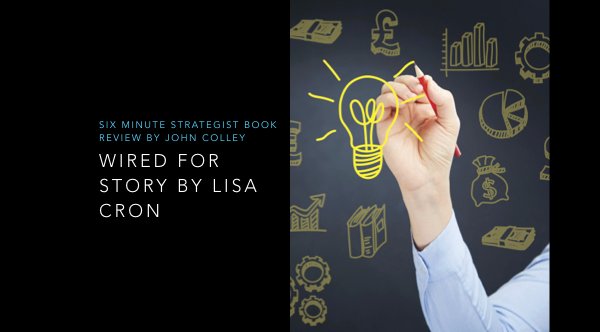
Once upon a time, there was an digital entrepreneur who struggled to understand how to communicate with his audience. He would sit at his desk for hours, head in his hands, almost in tears with the frustration of not knowing what to do or where to start. He wanted to share his expertise, to help people become more successful, to make a "Steve Jobs' dent in the world but he did not know how!
Many years later, you would not recognise the confident, successful entrepreneur, who had changed so many lives. This is the story of his journey, this is the story of his struggle and this is how he achieved so much for so many people in such a short time…
Now read on…
Storytelling is at the heart of human communication - and this has never been more important than in this digital age. If you want to connect with people you need to do it on an emotional level. This means that you need to know how to tell great stories.
This is not as difficult as it sounds, particularly once I explain the simple framework you need to understand.
There are three key elements to a great story:
First, the main protagonist has to be struggling with an issue
Secondly, you need a theme to communicate what it means to be human
Thirdly, you need a plot, which is the story arc from start to finish during which the protagonist conquerers his struggle and you share in his feelings and emotions while he does this.
Then you need to make sure that you keep yourself focused on these three elements.
Joesph Campbell described the hero's journey. This clearly set out how the hero had to have a goal - an objective which he had to struggle with and then emerge victorious - and changed into a better person. You need to make sure that your audience understands this struggle but particularly from the inside out - what our hero struggles with emotionally, not just the external flash bang wallop of the action.
Next, you need to help your audience see for themselves what the hero is experiencing. To do this you need to use imagery and description to make the situation come alive in the minds of your readers.
Don't forget how much our minds love patterns. A set up must be followed by a pay off. If you include a detail, put it there with purpose so that it can contribute to an event later in the book and complete the pattern.
The main takeaway is to write in a way that aligns with the way our brains work. It makes reading the story much more enjoyable and it will help you to connect with your audience.
If you want to learn more about this book, Wired for Story by Lisa Cron, you can uncover all the key learning elements in a "Blink" on Blinkist - just click here to find out more! https://jbdcolley.com/BlinkST!
Hello @jbdcolley! This is a friendly reminder that you can download Partiko today and start earning Steem easier than ever before!
Partiko is a fast and beautiful mobile app for Steem. You can login using your Steem account, browse, post, comment and upvote easily on your phone!
You can even earn up to 3,000 Partiko Points per day, and easily convert them into Steem token!
Download Partiko now using the link below to receive 1000 Points as bonus right away!
https://partiko.app/referral/partiko
Downvoting a post can decrease pending rewards and make it less visible. Common reasons:
Submit